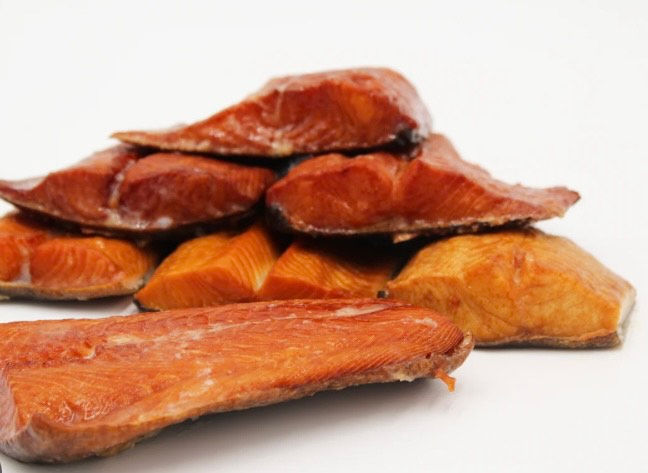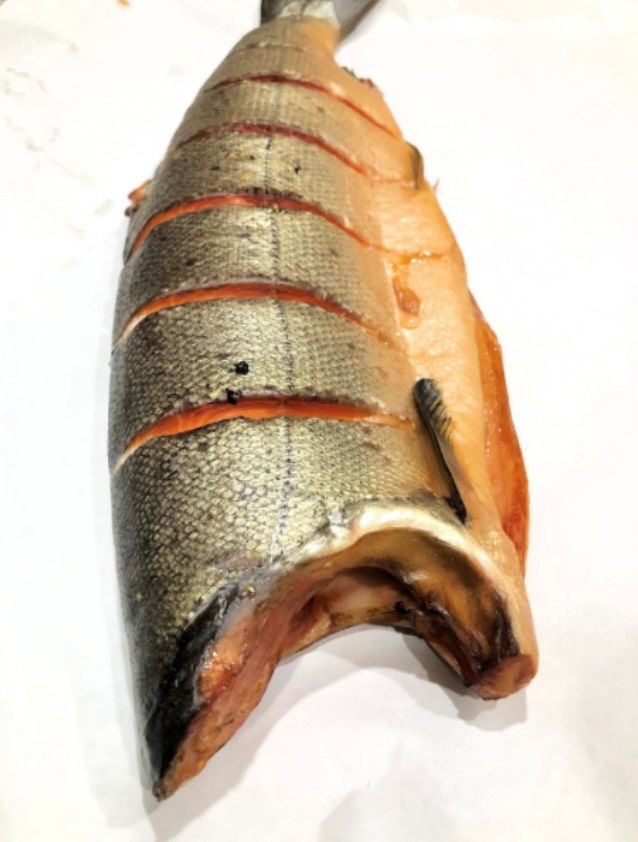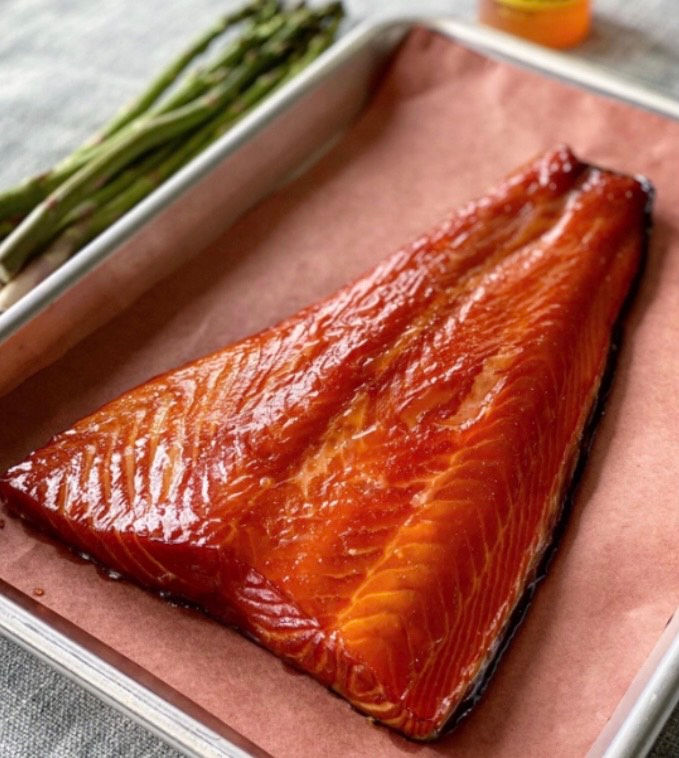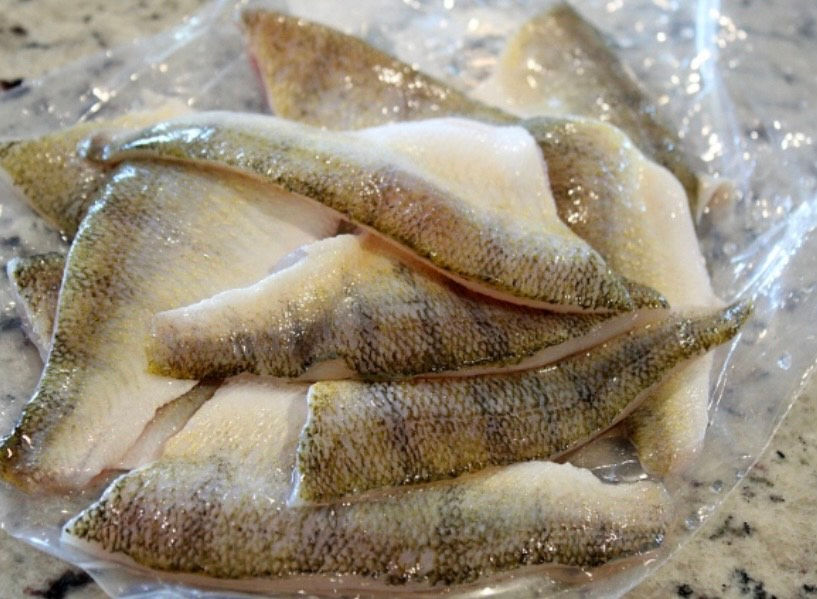Verbascum thapsus is a member of the Figwort or Scrophulariaceae family and is native to Europe, the Mediterranean, North Africa, and Asia, and is now naturalized in North America and Australia. Mullein has a long history of innovative uses and folklore, with the dried leaves rolled up as candle wicks being one. Additionally, the entire dried flower stalks were soaked in flammable substances and used as torches. Mullein’s magical properties were considered numerous, and it was thought to attract love and instill courage and health.
-100% USA Sourced & Made
-USDA Organic Inputs
-Double Extraction
-Sustainably Wild-Harvested
Think Global BUY LOCAL
-BE THE CHANGE-
Mullein Tincture
Mullein is a biennial herbaceous member of the Scophulariaceae family. Its silver-green, fuzzy leaves have been used for thousands of years in traditional herbal practices. Native to northern Africa, the Canary and Madeira Islands, and other regions in Asia and Europe, it has been widely naturalized throughout the world due to its weed like ability to grow under poor soil conditions.
Among the earliest references to mullein’s beneficial properties for lung health is from Diocorides, a Greek physician pharmacologist and botanist in 1st century Rome. In his compendium “De Materia Medica” he recommended its use for lung conditions. After its introduction to North America by European colonists, various Indigenous peoples incorporated the plant into their healing traditions utilizing the leaves as a poultice, and during ritual sweat baths.Respiratory tract pathologies treated with mullein have different etiologies (hoarseness, tonsilitis, colds, coughs, asthma, bronchitis, and even hemoptysis) and treatments, but all have a common feature: the development of inflammatory processes. Besides this, in many cases, fever and cough are displayed. The relief properties of mullein could be explained by its antitussive and expectorant activities, which could be justified by the presence of mucilages in these species [110] which exert demulcent activity [111].
Ursolic acid is one of the most promising substances of biological origin for antimicrobial therapy. It has been identified as a phytochemical inhibitor of the main protease of COVID-19 using molecular modelling approaches [112,113,114]. Other potential phytochemicals of Verbascum spp., which could be useful to treat COVID-19, are the flavonoids apigenin, luteolin, and quercetin, which have been shown to be replication inhibitors of other coronaviruses [115].
Since, in severe COVID-19 patients, an elevation of pro-inflammatory cytokines occurs, also known as “cytokine storm”, that is responsible of deteriorating their health conditions, the search of drugs able block target this “cytokine storm” and suppress the exacerbated inflammatory response is key in the treatment of the complications associated to the disease [116]. Our in silico results have evidenced affinity between mullein phytochemicals (Flavones and O-metilated flavones) and pro-inflammatory cytokines (IL-2 and TNF-α), molecules implicated in inflammatory processes related to the respiratory system and COVID-19 [117,118,119]. The previously validated anti-inflammatory activity of Verbascum components also supports the potential use of the extracts from the plants tackled in this review to achieve the desire anti-inflammatory action requested to prevent and treat COVID-19 acute clinical profile. The employment of natural compounds with immunosuppressant properties could be useful as adjuvants to ameliorate the inflammatory process triggered by the out-of-control immune response which could be fatal for the patient, even causing death [120].
Our hypothesis suggesting the employment of Verbascum flavonoids as promising COVID-19 treatment is extensively supported by the existing literature which includes a large number of works using in silico and in vitro approaches which demonstrate the ability of flavonoids to interfere with the viral infection or to prevent/ameliorate the COVID-19 disease effects. Among SARS-CoV2 targets blocked by flavonoids 3CLpro (the protease responsible of processing the two polyproteins firstly translated after viral entry) can be highlighted due to its pivotal role in the initiation and progression of the viral cycle and the lack of its human homologue. Apigenin, luteolin, kaempferol, and quercetin are able to inhibit the proteolytic activity of 3CLpro, quercetin being the most effective. The ability of these phytochemicals to interact with 3Clpro could be due to the ability of the two phenyl groups of flavonoids to interact with the protease substrate binding pocket [121]. Another target is the RNA-dependent RNA polymerase (RdRp) responsible or virus genome replication. The RdRp activity, and therefore the viral replication, is affected by high Zn2+ levels and quercetin can act as Zn2+ ionophore facilitating the influx of Zn2+ into the cell [122]. The last molecular target to deal with SARS-CoV-2 infection is to block the interaction between the SARS-CoV-2 Viral Spike Protein (S) and its cellular receptor, the Angiotensin Converting Enzyme-2 (ACE2) protein, responsible of viral entry. In silico experiments have shown the capacity of two flavonoids (quercetin and luteolin) to block this process [123,124].
A recent review work has studied the potential action mechanisms of Chinese Traditional Medicines to treat COVID-19 by targeting key proteins for the initiation and progression of the disease (ACE 2 and 3CLpro) or inhibiting inflammatory mediators. The formulas tackled by this review shared components presented in Verbascum spp. such as luteolin, kaempferol and quercetin [125].
The main challenge found in the use of flavonoids, such as quercetin, with a widely supported antiviral action is the poor oral bioavailability due to its reduced absorption and biotransformation during digestion [126,127]. This issue can be tackled through alternative administration ways, such as nasal spray [128] or phytosomes [129].
Blanco-Salas J, Hortigón-Vinagre MP, Morales-Jadán D, Ruiz-Téllez T. Searching for Scientific Explanations for the Uses of Spanish Folk Medicine: A Review on the Case of Mullein (Verbascum, Scrophulariaceae). Biology (Basel). 2021 Jul 2;10(7):618. doi: 10.3390/biology10070618. PMID: 34356473; PMCID: PMC8301161.











